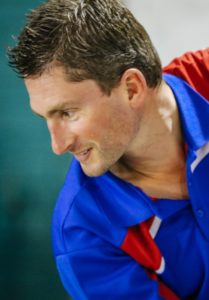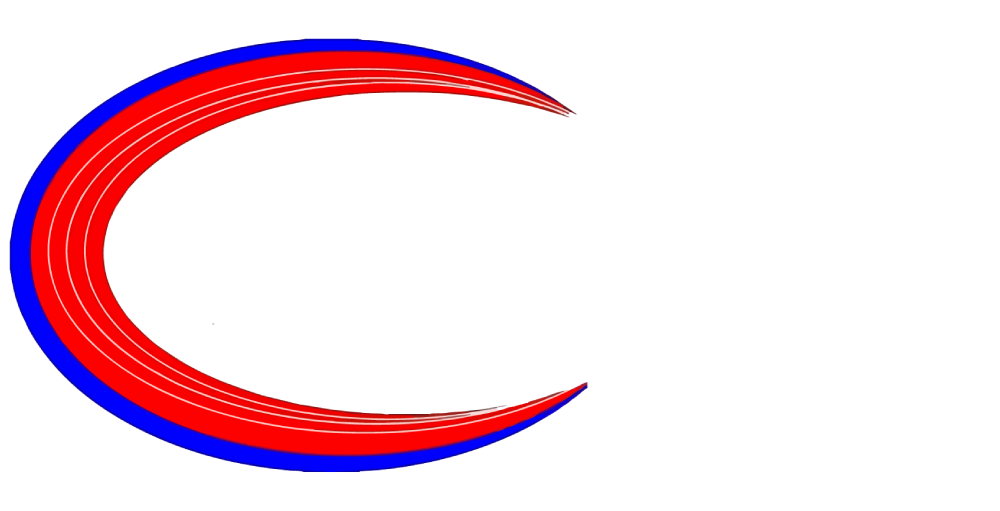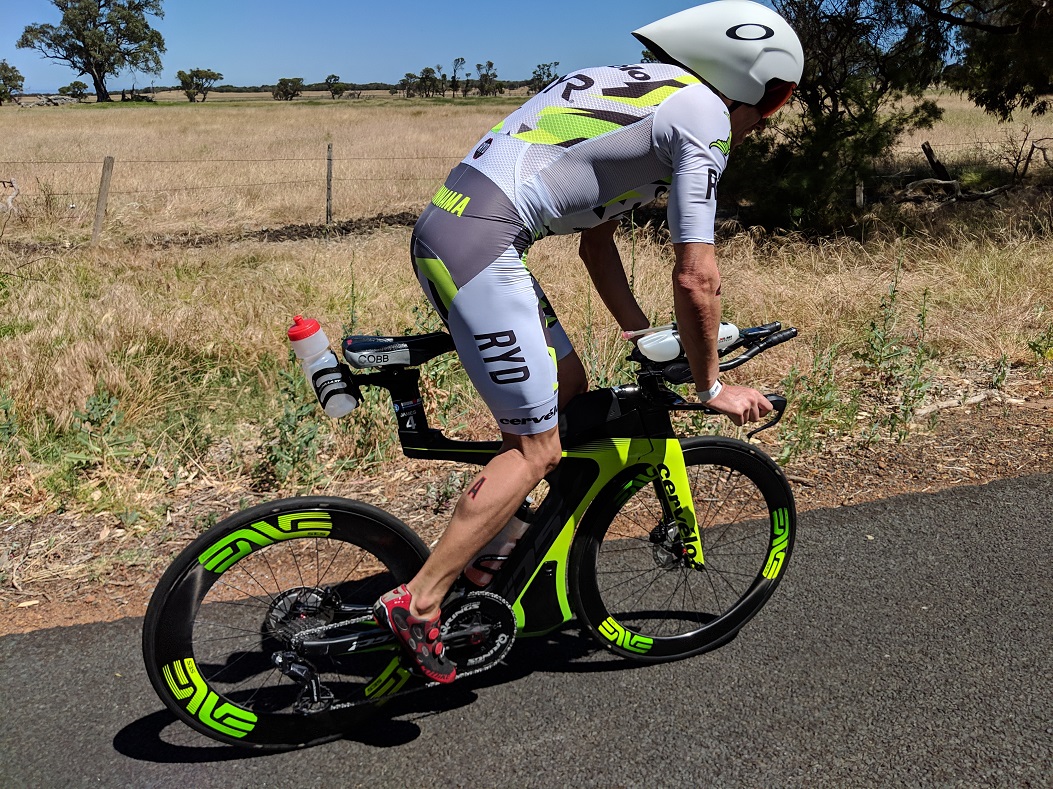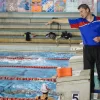Continuing my theme of saving athletes time in races without getting physically fitter... this one is about the importance of using your gears on the bike. I have a  whiskey glass given to me, as a gift, by some of my athletes a couple of years ago... on it, it says, "Its all about pace judgement!"
whiskey glass given to me, as a gift, by some of my athletes a couple of years ago... on it, it says, "Its all about pace judgement!"
Use your gears, properly, and it will save you time you time, effort and power during the bike leg of a Triathlon. On top of that, if you use your gears properly, you will be able to run better off the bike too.
During the bike leg you want to be riding at your maximum sustainable effort throughout the bike. The more you can reduce the power spikes (e.g. riding up hill a bit harder, or kicking out of each corner) and keep your effort level... the faster you will actually ride. This becomes more and more critical the longer the distance of the race.
So its maximum SUSTAINABLE pace. Think of it as you have a certain number of matches to burn throughout the race. Burn them all on the first hill and you are probably going to be in trouble later!
This may mean saving something... don't burn those matches... especially on the hills. Control what you can control. Remember it is your race. It can get demoralising when an athlete goes steaming past early on... but it is your race... let them go.
It is important to keep your body as constant as possible. So when dishing out that sustainable effort you can control a number of things. One of those is your cadence. Keep it steady.
Bike cadence varies from athlete to athlete. There is no correct way to pedal, but the majority of athletes will find their natural cadence in the range of 80-100rpm.
There is some arguement that the shorter the race the higher an individual's cadence will be... and it can then translate into their run cadence. But this is not true for everyone.
Whatever, happens you do want to try and keep your cadence within about 5rpm - so if you ride at 92rpm - keep it between 90 and 95 rpm. Throughout your training for your event you will discover what your natural cadence will be.
 Change your gears during a race to maintain your cadence.
Change your gears during a race to maintain your cadence.
A high gear (hard to pedal) will rotate your back wheel further with each pedal revolution than a low gear (easy to pedal).
You should try and change gears so as not to make huge alterations to your cadence. For example as you approach the base of a hill, use your momentum to roll up the first part and gradually change down the gears to keep the cadence similar. Often you see athletes hit the bottom of the hill and... straight onto the small chain ring and losing a whole load of speed, spinning the legs up, which raises the heart rate and losing a load of time in the process!
Similarly, once over the top of a rise... build your speed back up and get going again as quickly as possible. Gradually work your way up the gears, maintaining your cadence. The same applies to corners, mounts and riding into a headwind or with a tailwind.
Bike skills is a whole another article... but its coming.

Paul is a Professional Triathlon Coach. Passionate about the sport of Triathlon. Paul empowers athletic achievements with quality individualised bespoke triathlon coaching.
Coach Paul is a British Triathlon Federation Level 3 Coach and a Triathlon Australia Performance Coach.
He is also an IRONMAN Certified Coach and a Level 2 Training Peaks Coach. F4L Triathlon Coaching offers triathletes and other endurance athletes a full coaching and training service that caters to all levels of triathletes. F4L offers professional triathlon and endurance coaching and the reliability triathletes and endurance athletes require. Each athlete is an individual, every athlete has different needs.


